-
 Bitcoin
Bitcoin $112400
-1.07% -
 Ethereum
Ethereum $3409
-3.27% -
 XRP
XRP $2.784
-6.60% -
 Tether USDt
Tether USDt $0.9997
-0.03% -
 BNB
BNB $739.3
-2.09% -
 Solana
Solana $158.0
-2.90% -
 USDC
USDC $0.9998
-0.02% -
 TRON
TRON $0.3213
-0.94% -
 Dogecoin
Dogecoin $0.1929
-5.01% -
 Cardano
Cardano $0.6974
-2.82% -
 Hyperliquid
Hyperliquid $36.69
-2.31% -
 Sui
Sui $3.327
-4.80% -
 Stellar
Stellar $0.3672
-5.18% -
 Chainlink
Chainlink $15.65
-3.07% -
 Bitcoin Cash
Bitcoin Cash $525.0
-1.68% -
 Hedera
Hedera $0.2291
-6.00% -
 Avalanche
Avalanche $20.91
-2.96% -
 Ethena USDe
Ethena USDe $1.000
0.00% -
 Toncoin
Toncoin $3.520
-1.12% -
 UNUS SED LEO
UNUS SED LEO $8.968
0.14% -
 Litecoin
Litecoin $105.7
0.26% -
 Shiba Inu
Shiba Inu $0.00001181
-1.79% -
 Polkadot
Polkadot $3.492
-2.08% -
 Uniswap
Uniswap $8.800
-3.10% -
 Dai
Dai $0.9999
-0.01% -
 Monero
Monero $289.9
-3.17% -
 Bitget Token
Bitget Token $4.243
-1.27% -
 Pepe
Pepe $0.00001006
-3.67% -
 Cronos
Cronos $0.1248
-5.68% -
 Aave
Aave $249.7
-2.50%
What are Bybit's perpetual contracts?
Bybit's perpetual contracts offer leveraged, non-expiring crypto trading with USDT or BTC margin, funded every 8 hours to align prices, and include risk tools like stop-loss and margin adjustment.
Aug 03, 2025 at 12:42 am
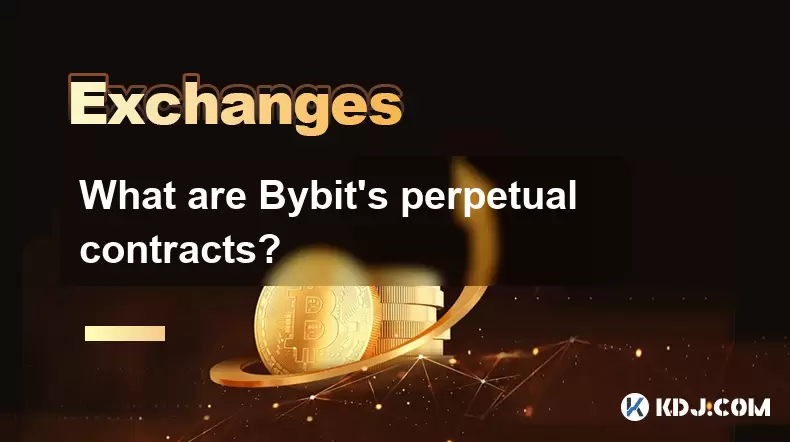
Understanding Bybit's Perpetual Contracts
Bybit's perpetual contracts are a type of derivative financial instrument that allows traders to speculate on the price movements of cryptocurrencies such as Bitcoin (BTC), Ethereum (ETH), and other major digital assets without owning the underlying asset. Unlike traditional futures contracts that have an expiration date, perpetual contracts do not expire, enabling traders to hold positions indefinitely. This makes them particularly attractive for both short-term traders and long-term investors who want continuous exposure to crypto markets.
These contracts are cash-settled, meaning profits and losses are settled in the platform’s base currency—typically USDT (Tether) or BTC—depending on the contract type. Bybit offers both USDT-margined and inverse (BTC-margined) perpetual contracts, giving users flexibility in how they manage their trading capital and risk exposure.
How Leverage Works in Bybit's Perpetual Contracts
Leverage allows traders to open positions larger than their actual capital. Bybit supports up to 100x leverage on certain perpetual contracts, although the maximum leverage varies depending on the cryptocurrency and the size of the position. For example, BTC/USDT perpetual contracts may allow 100x leverage for smaller positions, while higher position sizes automatically reduce the maximum available leverage to mitigate risk.
- Traders must select their desired leverage level before opening a position.
- Leverage can be adjusted after opening a position, but only in a way that increases margin or reduces position size to avoid liquidation.
- Higher leverage amplifies both potential profits and potential losses, making risk management crucial.
- Bybit uses a cross-margin and isolated margin system, allowing users to choose how margin is allocated to their positions.
Using leverage effectively requires understanding maintenance margin, which is the minimum amount of margin required to keep a position open. If the account balance falls below this level due to adverse price movements, the position may be liquidated.
Funding Rate Mechanism in Perpetual Contracts
Since perpetual contracts do not expire, a funding rate mechanism is used to keep the contract price closely aligned with the underlying spot price of the cryptocurrency. The funding rate is exchanged between long and short position holders at regular intervals—every 8 hours on Bybit—at no direct cost to the platform.
- If the funding rate is positive, long position holders pay short position holders.
- If the funding rate is negative, short position holders pay long position holders.
- The rate is determined by the difference between the perpetual contract price and the index price, influenced by market demand.
Traders can view the current funding rate on Bybit’s interface before opening a position. High positive funding rates may indicate excessive bullish sentiment, while high negative rates may suggest bearish dominance. This mechanism discourages prolonged deviations between the contract and spot prices.
How to Trade Perpetual Contracts on Bybit
Trading perpetual contracts on Bybit involves several precise steps. Here is a detailed walkthrough:
- Log in to your Bybit account and navigate to the "Derivatives" section.
- Select either USDT-margined or Inverse contracts, depending on your preference.
- Choose the cryptocurrency pair you want to trade, such as BTC/USDT.
- Set your order type: limit, market, or conditional (stop-limit, stop-market).
- Select leverage using the leverage slider or input field.
- Enter the contract quantity or USD value of your position.
- Choose between Cross or Isolated margin mode.
- Click Buy (Long) or Sell (Short) to open the position.
After opening a position, monitor it in the "Positions" tab. You can set take-profit and stop-loss orders to automate exits. Adjusting leverage or adding margin can be done by clicking the "More" options in the position panel.
Liquidation and Risk Management Tools
Liquidation occurs when a trader’s margin balance falls below the maintenance margin level. Bybit employs an insurance fund and a auto-deleveraging system (ADL) to handle liquidations fairly. When a position is liquidated, it is closed at the mark price, and any remaining losses are covered by the insurance fund.
To avoid liquidation:
- Use stop-loss orders to limit downside risk.
- Avoid using maximum leverage on volatile assets.
- Monitor the liquidation price displayed in the position panel.
- Add additional margin manually if the market moves against your position.
Bybit provides a risk limit system for large positions, where increasing position size requires higher initial margin and lowers maximum leverage. This helps maintain market stability and protects traders from excessive risk.
Differences Between USDT-Margined and Inverse Perpetual Contracts
Bybit offers two main types of perpetual contracts: USDT-margined and inverse (BTC-margined). Understanding the difference is essential for proper risk management.
- USDT-margined contracts use Tether (USDT) as the collateral and settlement currency. PnL is calculated in USDT, making it easier to track profits and losses in a stablecoin.
- Inverse contracts use BTC as collateral, even when trading altcoin pairs like ETH/BTC. Profits and losses are denominated in BTC, meaning your BTC balance fluctuates based on price changes.
For example, if you open a long position on ETH/BTC, you are essentially betting that ETH will increase in value relative to BTC. If ETH rises, you gain BTC; if it falls, you lose BTC. This introduces BTC volatility into your risk profile, even when trading altcoins.
Frequently Asked Questions
What is the mark price on Bybit?
The mark price is used to determine liquidations and prevent price manipulation. It is calculated using a combination of the index price and a decay mechanism. Bybit displays the mark price prominently in the trading interface to help traders understand their liquidation risk accurately.
Can I close a perpetual contract position at any time?
Yes, you can close your position at any time by placing a trade in the opposite direction. For example, if you opened a long position with a "Buy" order, you can close it with a "Sell" order of the same size. The profit or loss will be settled instantly in your margin currency.
How often is funding paid on Bybit?
Funding is exchanged every 8 hours, specifically at 00:00 UTC, 08:00 UTC, and 16:00 UTC. If you hold a position at these times, the funding payment will be automatically deducted or credited to your account based on the prevailing funding rate.
What happens during auto-deleveraging (ADL)?
If the insurance fund is insufficient to cover a liquidated position’s losses, ADL may occur. In this scenario, opposing positions with high profitability are automatically reduced to cover the deficit. Users affected by ADL receive notifications and can view the details in their order history.
Disclaimer:info@kdj.com
The information provided is not trading advice. kdj.com does not assume any responsibility for any investments made based on the information provided in this article. Cryptocurrencies are highly volatile and it is highly recommended that you invest with caution after thorough research!
If you believe that the content used on this website infringes your copyright, please contact us immediately (info@kdj.com) and we will delete it promptly.
- Ruvi AI: The AI Token on Cardano Set to Dominate After CMC Listing
- 2025-08-03 04:50:12
- Altcoins in the Spotlight: Cardano, Shiba Inu, and the Quest for Crypto Supremacy
- 2025-08-03 05:30:12
- Litecoin, USDC, and Mining in 2025: A New Yorker's Take
- 2025-08-03 05:50:12
- Bitcoin, MicroStrategy, and Institutional Confidence: A Bullish Trifecta?
- 2025-08-03 04:30:12
- Ruvi AI Token: Price Hike Imminent After Presale Milestone?
- 2025-08-03 04:30:12
- Ruvi AI: The Millionaire Maker with a Price Spike on the Horizon?
- 2025-08-03 02:50:12
Related knowledge
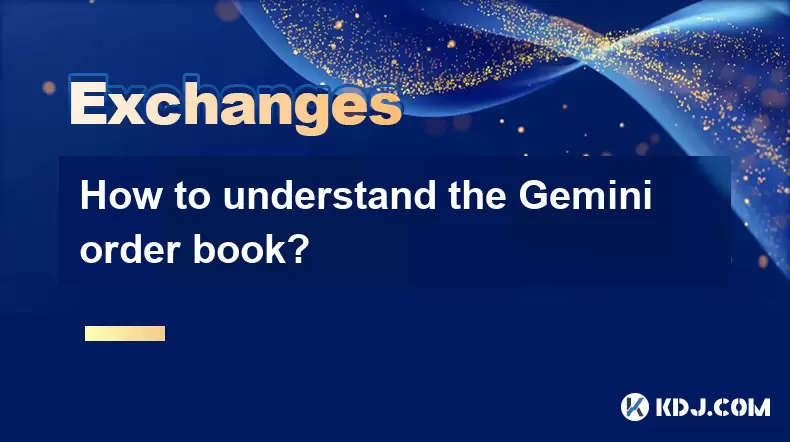
How to understand the Gemini order book?
Aug 02,2025 at 03:35pm
What Is the Gemini Order Book?The Gemini order book is a real-time ledger that displays all open buy and sell orders for a specific cryptocurrency tra...
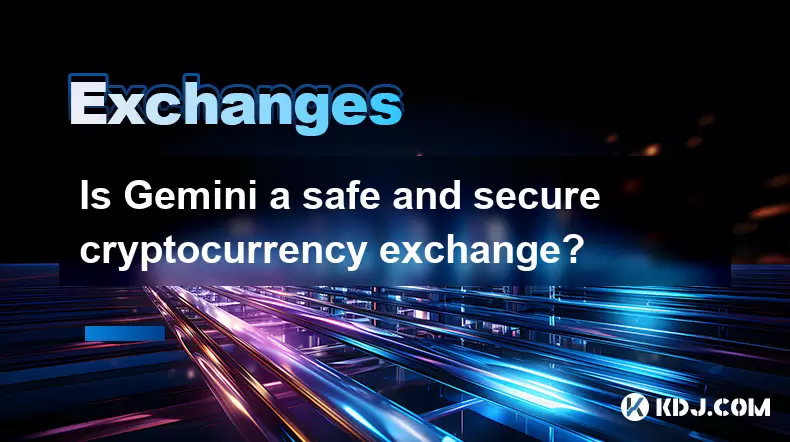
Is Gemini a safe and secure cryptocurrency exchange?
Aug 02,2025 at 10:42pm
Understanding Gemini’s Regulatory ComplianceGemini is a New York State-chartered trust company, which places it under the supervision of the New York ...
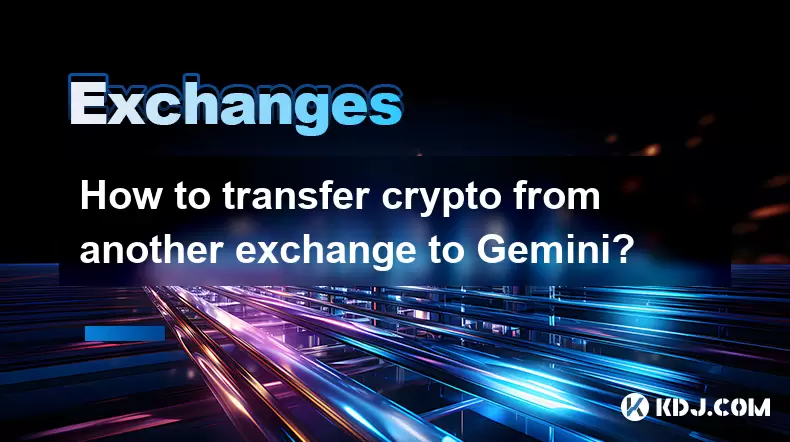
How to transfer crypto from another exchange to Gemini?
Aug 02,2025 at 07:28pm
Understanding the Basics of Crypto Transfers to GeminiTransferring cryptocurrency from another exchange to Gemini involves moving digital assets from ...

How to sell cryptocurrency on Gemini?
Aug 02,2025 at 05:07pm
Understanding the Gemini Platform and Account SetupBefore selling cryptocurrency on Gemini, it’s essential to ensure you have a fully verified account...

How to fix a failed cryptocurrency deposit to Kraken
Aug 02,2025 at 03:22pm
Understanding Why a Cryptocurrency Deposit Fails on KrakenWhen a cryptocurrency deposit fails on Kraken, the issue typically stems from one of several...
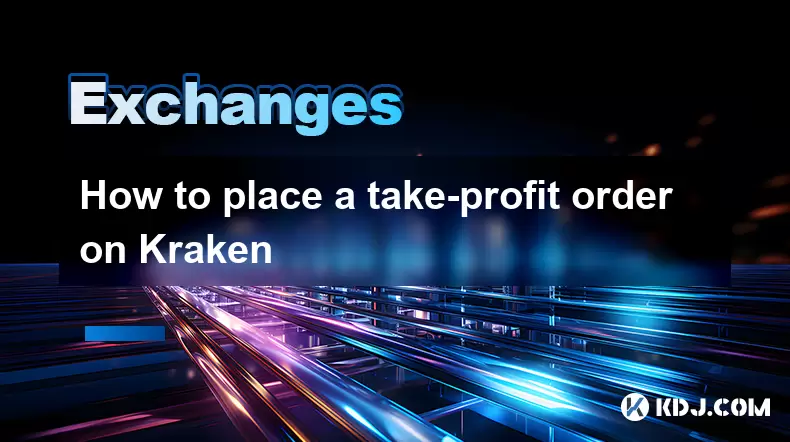
How to place a take-profit order on Kraken
Aug 02,2025 at 02:28pm
Understanding the Role of Private Keys in Cryptocurrency SecurityIn the world of cryptocurrency, private keys are the most critical component of digit...

How to understand the Gemini order book?
Aug 02,2025 at 03:35pm
What Is the Gemini Order Book?The Gemini order book is a real-time ledger that displays all open buy and sell orders for a specific cryptocurrency tra...

Is Gemini a safe and secure cryptocurrency exchange?
Aug 02,2025 at 10:42pm
Understanding Gemini’s Regulatory ComplianceGemini is a New York State-chartered trust company, which places it under the supervision of the New York ...

How to transfer crypto from another exchange to Gemini?
Aug 02,2025 at 07:28pm
Understanding the Basics of Crypto Transfers to GeminiTransferring cryptocurrency from another exchange to Gemini involves moving digital assets from ...

How to sell cryptocurrency on Gemini?
Aug 02,2025 at 05:07pm
Understanding the Gemini Platform and Account SetupBefore selling cryptocurrency on Gemini, it’s essential to ensure you have a fully verified account...

How to fix a failed cryptocurrency deposit to Kraken
Aug 02,2025 at 03:22pm
Understanding Why a Cryptocurrency Deposit Fails on KrakenWhen a cryptocurrency deposit fails on Kraken, the issue typically stems from one of several...

How to place a take-profit order on Kraken
Aug 02,2025 at 02:28pm
Understanding the Role of Private Keys in Cryptocurrency SecurityIn the world of cryptocurrency, private keys are the most critical component of digit...
See all articles

























































































